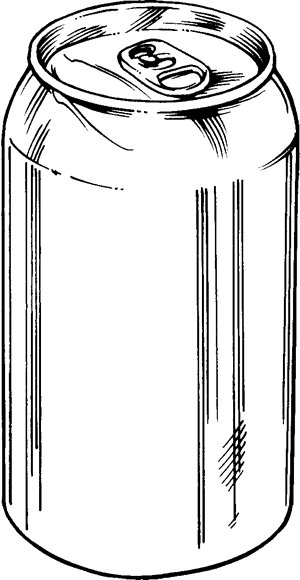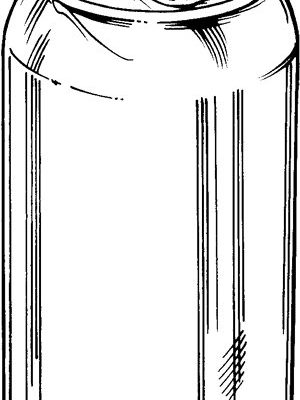
The “LE” error code on a Maytag washing machine is a signal telling you that something’s not quite right. It stands for “Load Error,” and it typically means there’s an issue with the water level in the machine. This could be due to a variety of reasons, such as a faulty water inlet valve or a malfunctioning sensor. Think of it like receiving a warning light on your car dashboard; it doesn’t mean the car won’t run, but it does indicate something needs checking. Ignoring it might not always be the best decision, as it could lead to more serious issues down the line.
Understanding the LE Error Code
Let’s dig a little deeper into what the LE error code signifies. Imagine your washing machine is like a finely-tuned orchestra, where every component has a role to play. The water level sensor in this orchestra is responsible for ensuring your laundry gets the right amount of water for a good wash. When the LE code pops up, it’s akin to a player in the orchestra playing out of tune, disrupting the harmony. This disruption could be caused by a sensor that’s not functioning properly or an issue with the machine’s internal balance.
The issue might be with the water supply itself. If your washing machine isn’t getting enough water, it might think there’s a load error. This could happen if there’s something blocking the water inlet valve, much like a clogged faucet that doesn’t let out enough water when you turn it on. Another possibility is that the washing machine is overloaded. If you’ve put a bit too much laundry in one go, the machine might struggle to balance, causing the dreaded LE code to flash.
Now, you might be wondering if you can just overlook this blinking code and carry on. While it might be tempting to hit the “ignore” button and hope for the best, doing so can lead to less effective washes or even cause wear and tear on your machine. Addressing the problem, rather than ignoring it, might save you from more costly repairs or replacements in the future.
Possible Causes of the LE Error Code
Let’s explore what might be causing that pesky LE error code. Often, the usual suspects are related to the water system or how the laundry is loaded. First, check if something’s amiss with the water inlet. If your machine isn’t getting enough water due to a malfunctioning valve, it’s like trying to fill a cup under a trickling tap; you’ll be waiting a long time, and it just won’t work efficiently. Ensure the hoses aren’t kinked or blocked, which can also restrict water flow.
Another common issue is the balance of the load inside the drum. Overloading the washing machine can lead to imbalance, much like trying to walk a tightrope carrying too many bags. The machine might struggle to operate smoothly, causing the LE error to appear. It’s essential to follow the manufacturer’s guidelines on load sizes to prevent such issues.
A trickier problem could be with the machine’s internal electronics, like the control board or sensors. It’s akin to having a thermostat in your home that doesn’t sense the temperature correctly, leaving your house too hot or too cold. These sensors might not be detecting water levels accurately, leading to a false LE signal. While you can troubleshoot simple mechanical issues yourself, electrical problems might require a professional touch.
Steps to Resolve the LE Error Code
Here’s the deal: you don’t have to be a washing machine expert to tackle the LE error. Start with the basics—check the water inlet. Ensure that the hose is connected correctly and that the valve is open and unblocked. Imagine it like untangling a garden hose before watering your plants; sometimes, that’s all it takes to fix the problem.
If the hose checks out, take a peek inside the drum. Redistribute the clothes so the load is balanced. Picture how you pack a suitcase; you wouldn’t throw everything in willy-nilly. Instead, you’d spread items evenly to avoid any lumps that could throw the balance off. Doing the same with your laundry can help clear the LE code.
Should these simple fixes not do the trick, it might be time to consult your washing machine’s manual or contact Maytag customer service for guidance. They can help with more technical issues that might need specialist attention. Remember, the goal is to get your washing machine back to its optimal working condition without causing further problems.
Preventing Future Error Codes
Preventing the LE error code from showing up again is all about regular maintenance and mindful use. Picture your washing machine as not just a household appliance, but a trusty old friend who needs a bit of TLC from time to time. First, ensure you’re not overloading it. Respecting its load capacity is like knowing the limits of what you can carry without breaking a sweat.
Maintaining a clean and clear water inlet valve is another way to keep things running smoothly. Regularly check for kinks or blockages in hoses, just as you’d check your car’s tire pressure before a long drive. Running an empty hot wash cycle with a bit of vinegar can help clean out any detergent residue and keep the system flowing.
Lastly, always keep an eye out for any unusual noises or performance issues. It’s like listening to a familiar song; you’d notice if something sounded off. Catching these clues early can help you address minor problems before they become major headaches.
Now that you know what the LE error code means and how to handle it, you’re well-equipped to keep your Maytag washing machine in tip-top shape. So the next time that little code pops up, you’ll be ready to tackle it with confidence, instead of ignoring it and hoping it’ll go away on its own.
